
What is a Badminton Birdie? The “Ball” of Badminton, Explained
The feathers are typically arranged in a tight, circular pattern, with the longest feathers at the bottom. A nylon shuttlecock, also known as a badminton birdie, is a small, feathered projectile that is used in the sport of badminton. It is typically made up of a cork base, which is covered in thin layers of goose or duck feathers..
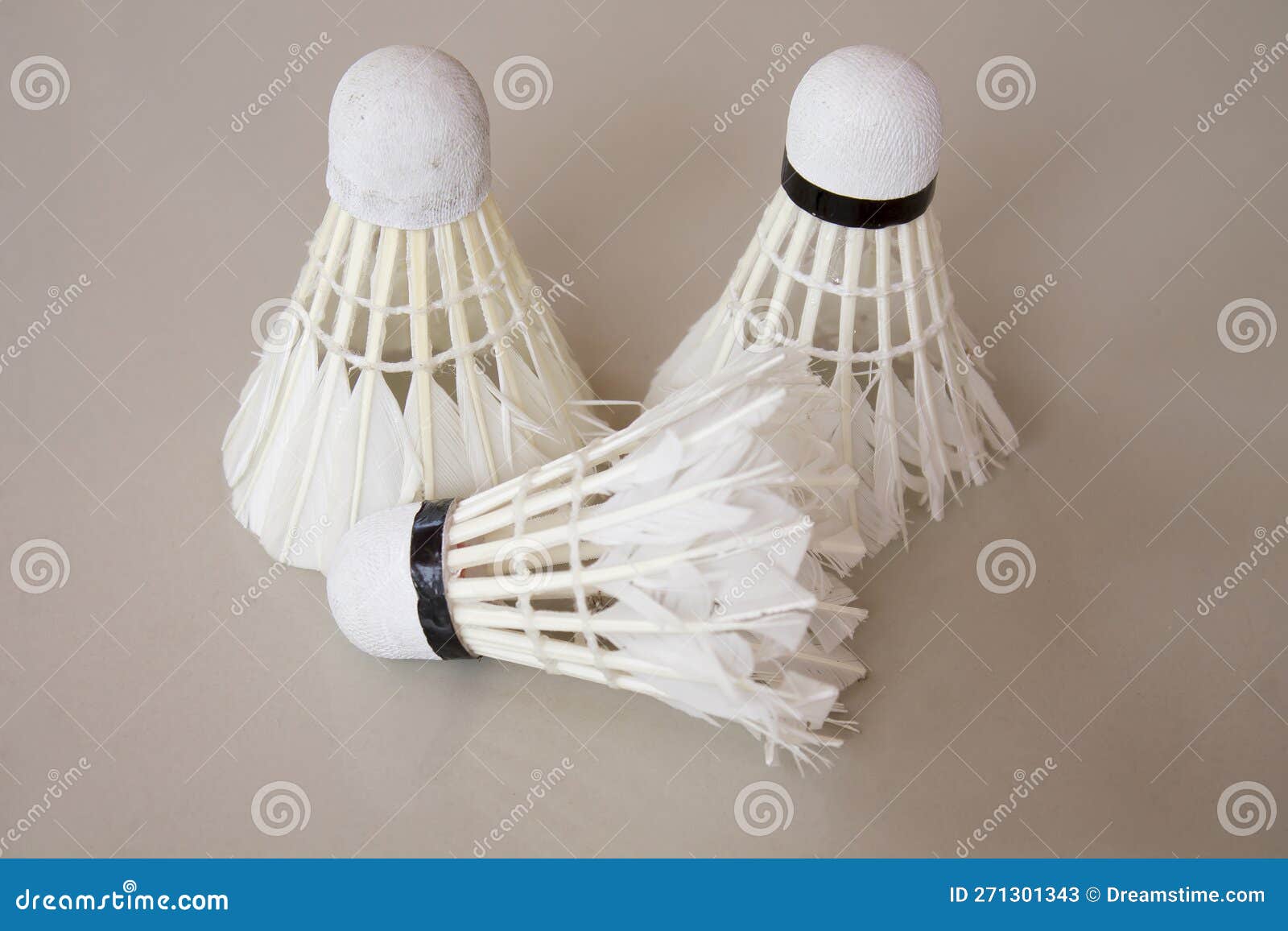
Shuttlecock (also Called a Birdie or Shuttle) Used Stock Image Image
A birdie is the "ball" of badminton and consists of a cork and either synthetic nylon, duck, or goose feathers. It is also known as a shuttle or shuttlecock, but is also informally known as a birdie because of the feathers used to create it and how it flies like a bird. It is built and designed in a way for it to easily fly through the air.
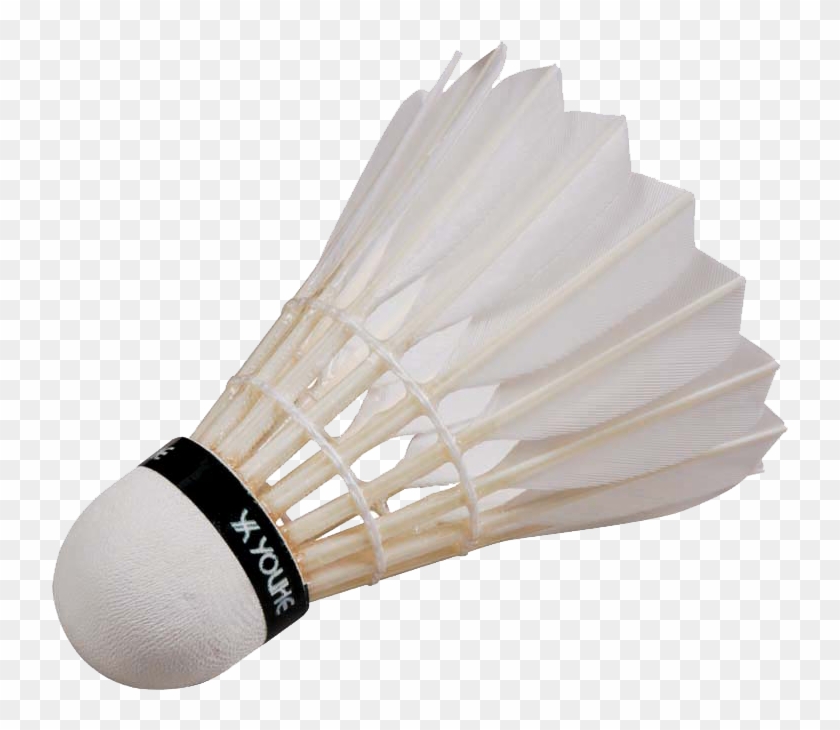
Badminton Birdie Png Photos Birdie Badminton Free Transparent PNG
A shuttlecock (also called a bird or birdie) is a high-drag projectile used in the sport of badminton. It has an open conical shape formed by feathers or plastic (or a synthetic alternative) embedded into a rounded cork (or rubber) base. Jan 04, 2022. Birdie. One stroke under par for a hole in golf.
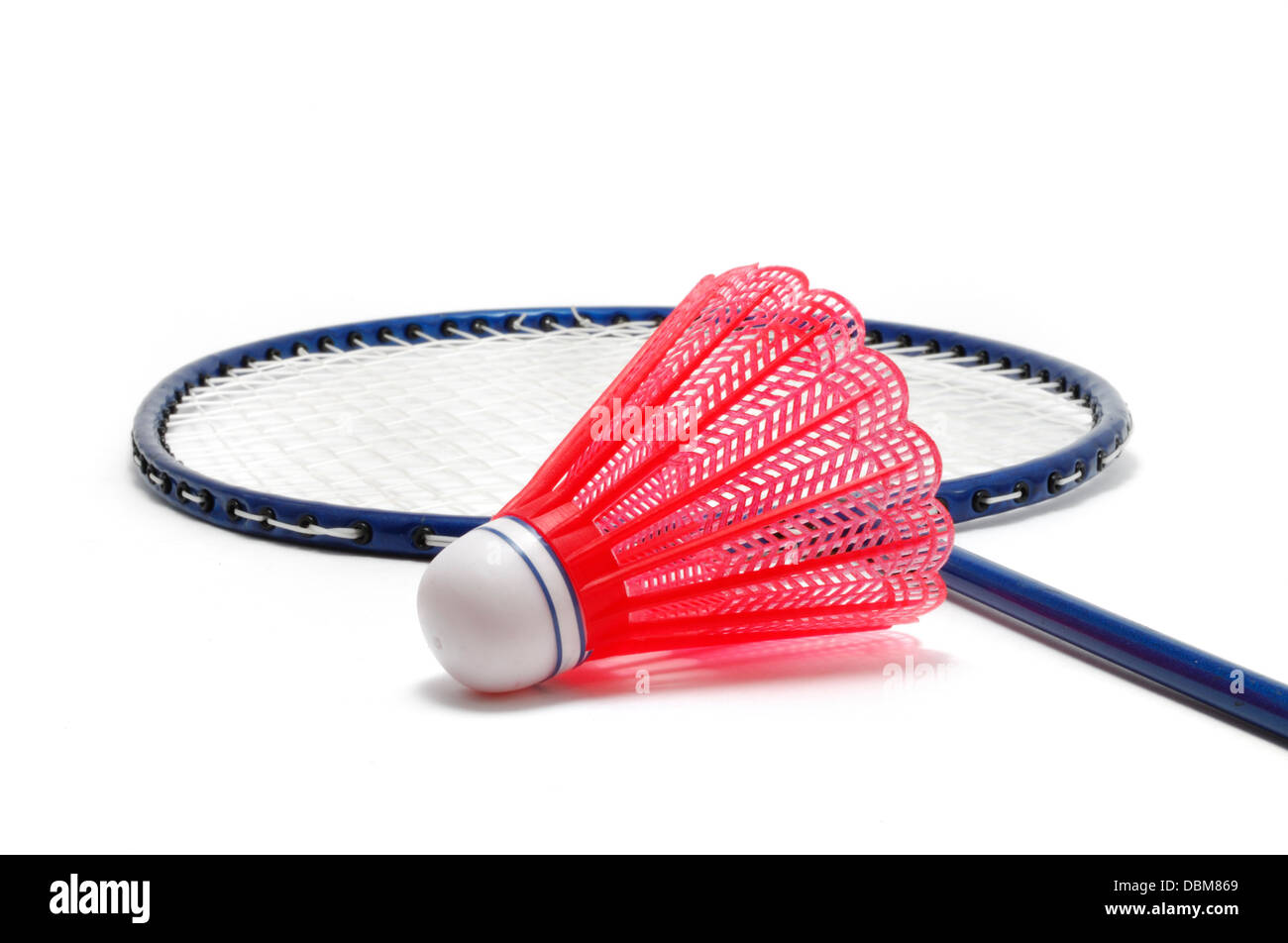
Badminton Racket and Shuttlecock (Birdie Stock Photo Alamy
A badminton shuttlecock, commonly called a bird/birdie is one of the most important equipment in badminton. It is a projectile used by players to hit back and forth with the help of a racket over the net. Moreover, it is conical in shape with feathers embedded into a cork base. A cork provides weight to the shuttle so that it be played back and.
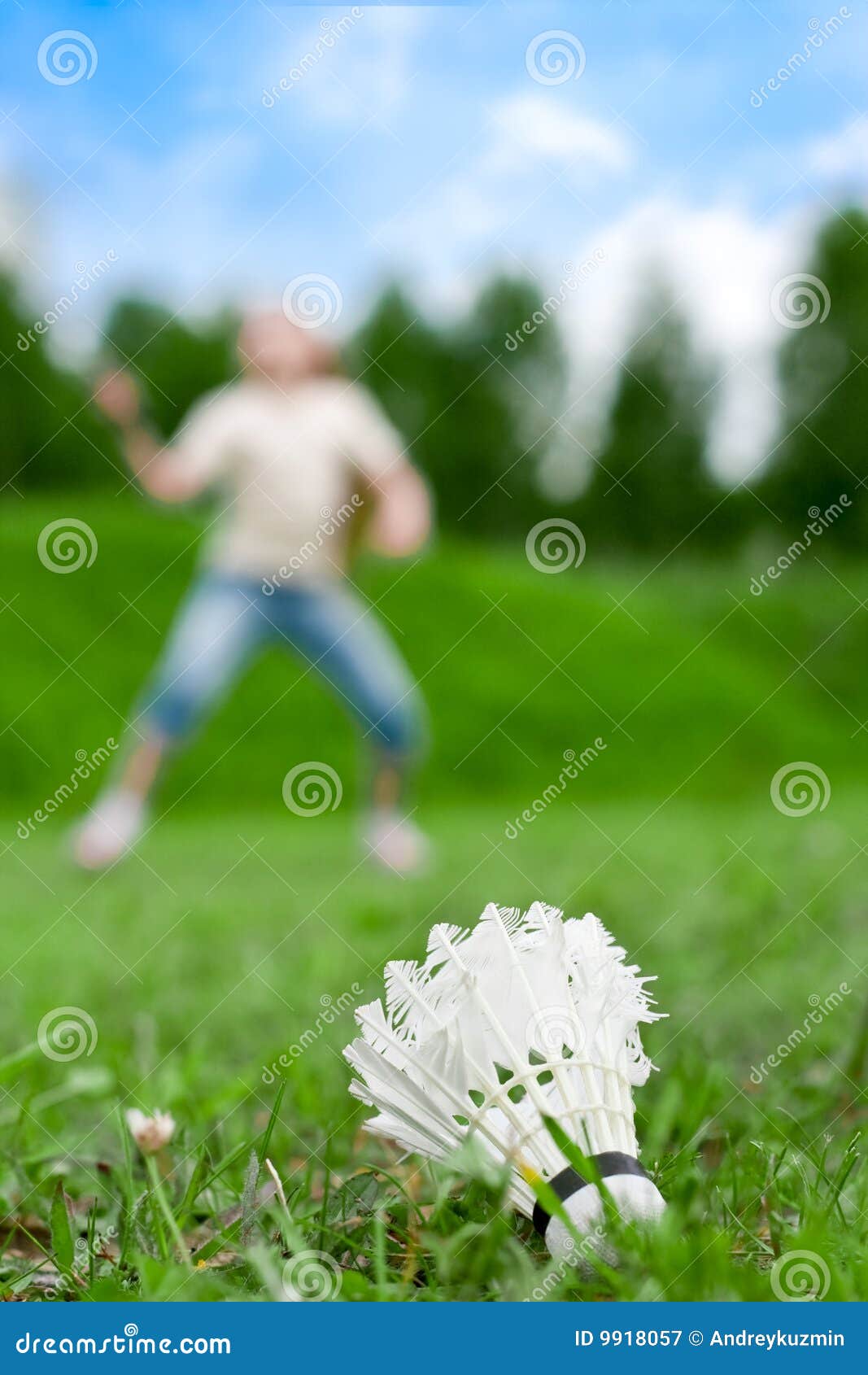
Shuttlecock or Birdie Closeup in Grass Stock Image Image of closeup
What is a Badminton Shuttlecock (Bird/ Birdie or Shuttle)? According to Wikipedia, a shuttlecock or a birdie is a "high-drag projectile used in the sport of badminton. It has an open conical shape formed by feathers (or a synthetic alternative) embedded into a rounded cork (or rubber) base".
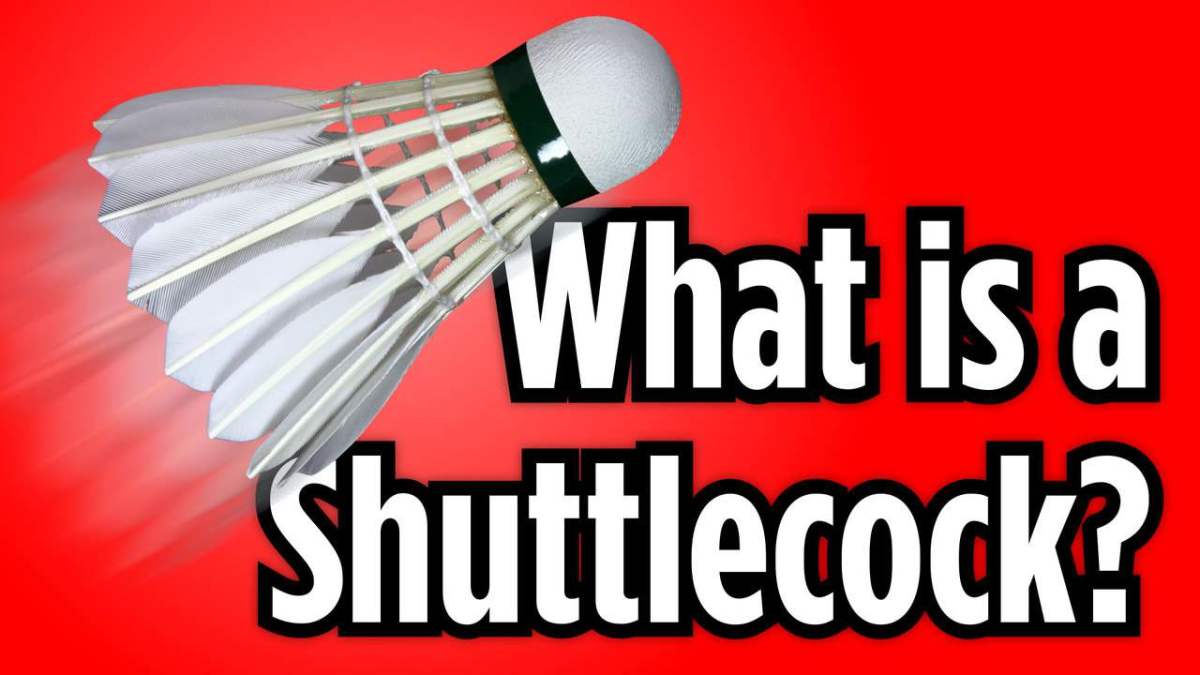
What Is a Shuttlecock aka a Bird or Birdie? Howcast
Looking For Birdie Shuttlecock? We Have Almost Everything On eBay. Fast and Free Shipping On Many Items You Love On eBay.
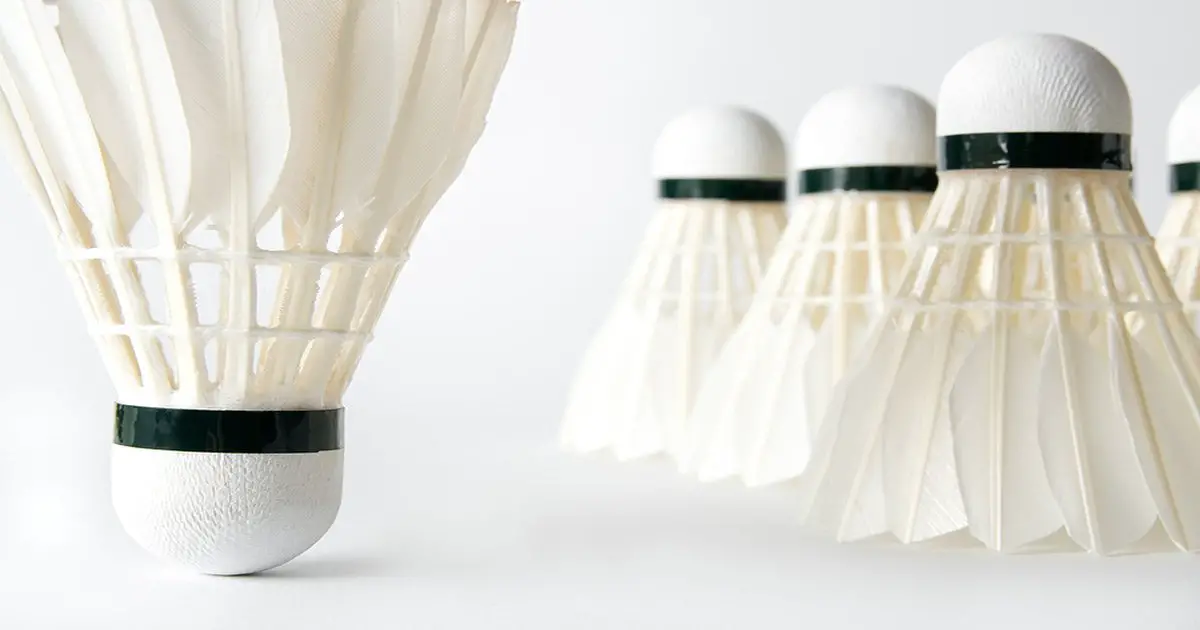
Badminton Shuttlecock What You Need To Know Before Buying
Chronophotographies of shuttlecocks after an impact with a racket, showing the time evolution of the angle between the shuttlecock orientation and its velocity. The shuttlecock's initial.

Badminton shuttlecocks can travel at speeds up to 200 mph
A birdie, also known as a shuttlecock, is the object used in badminton to hit back and forth between players. The term birdie is commonly used in North America, while shuttlecock is more commonly used in other parts of the world. A birdie is made up of a cork base with feathers attached to it, while a shuttlecock has a rounded rubber or cork.

What is a Badminton Birdie Made of? BadmintonBites
The shuttlecock or birdie is a conical shape with overlapping feathers going into a cork base. The feathers may be replaced by nylon or plastic. The cork is then covered with leather material, again depending on the type of shuttlecock it may a type of plastic or rubbery material. The cork gives the shuttlecock weight so when hit it will always.
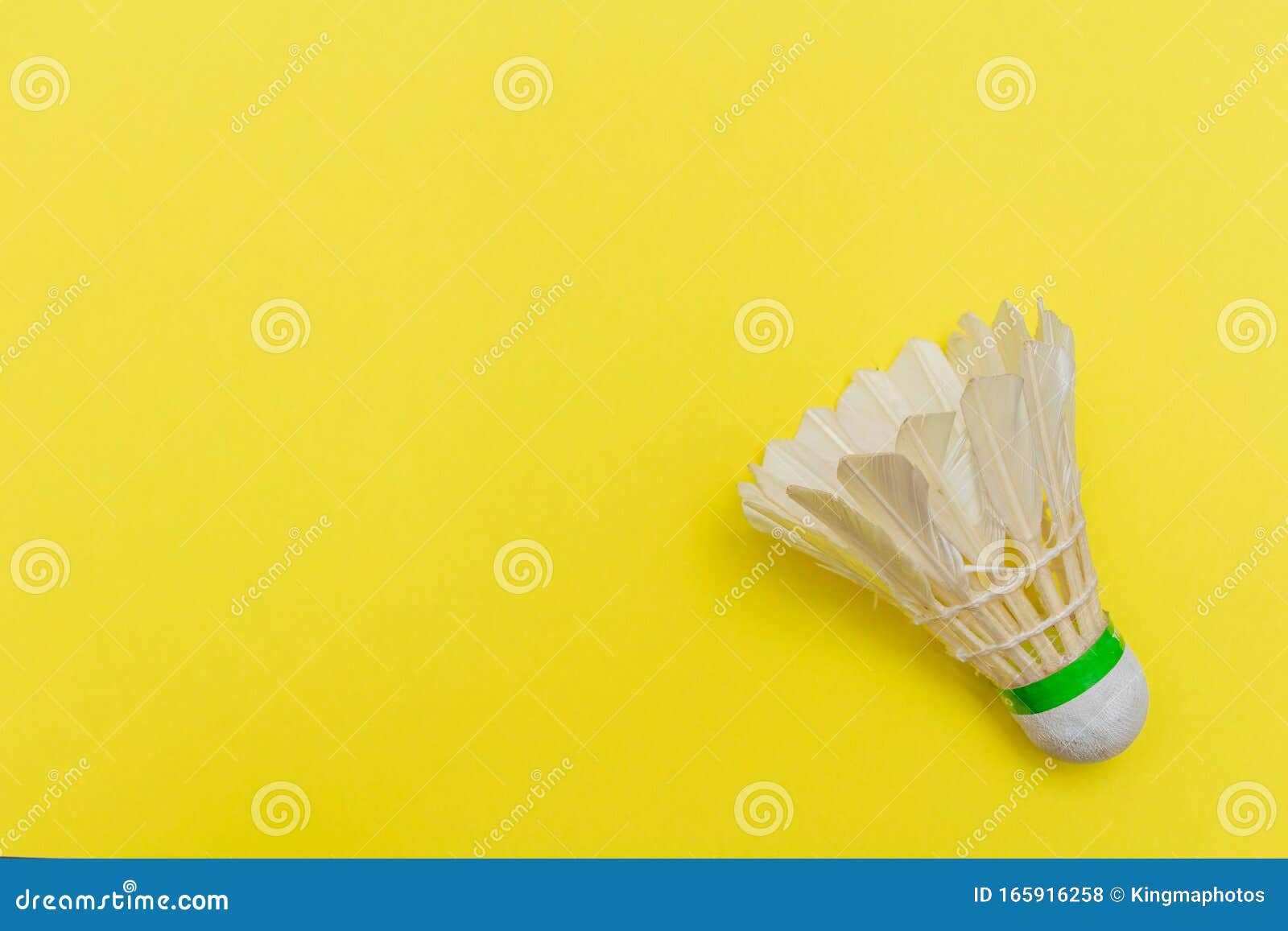
Badminton Shuttlecock Or Birdie On A Solid Bright Yellow Flat Lay
A badminton birdie (or shuttlecock) is used in playing badminton. It is also commonly referred as the badminton bird or shuttle. In badminton, a shuttlecock can fly extremely fast, especially when a player does a badminton smash. The fastest smash in the world (to date) was by Tan Boon Heong of Malaysia in 2009, with the shuttlecock flying at.
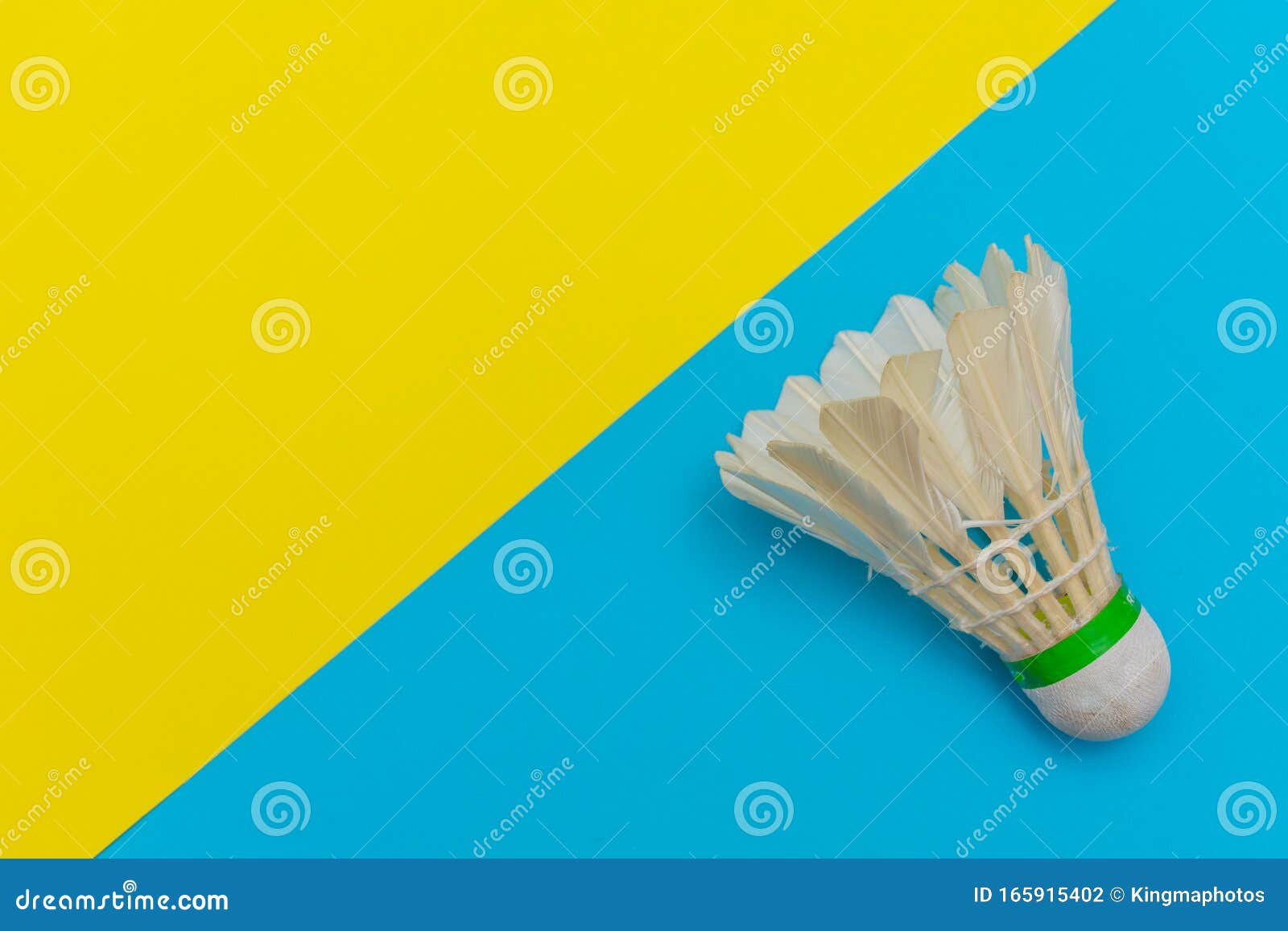
Badminton Shuttlecock or Birdie on a Solid Bright Blue and Yellow Flat
As nouns the difference between birdie and shuttlecock is that birdie is a bird; a birdling while shuttlecock is a lightweight object that is conical in shape with a cork or rubber-covered nose, used in badminton the way a ball is used in other racquet games. As verbs the difference between birdie and shuttlecock is that birdie is to score a.
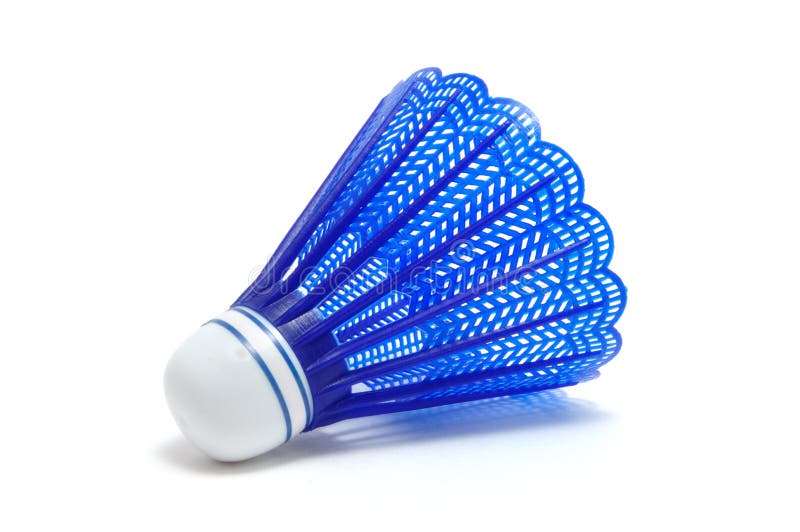
Blue Badminton Shuttlecock (Birdie) Stock Photo Image of activity
The badminton birdie (shuttlecock) The birdie, also referred to as the shuttlecock, is badminton's unique 'ball'. The cone-shaped projectile is formed using feathers or a synthetic material which are attached to a cork or rubber base. The birdie's shape means it will always fly cork-first once struck, and remain so until hit again.

Badminton shuttlecock or birdie set Royalty Free Vector
A shuttlecock (also called a birdie or shuttle) is a high-drag projectile used in the sport of badminton. It has an open conical shape formed by feathers or plastic (or a synthetic alternative) embedded into a rounded cork (or rubber) base. The shuttlecock's shape makes it extremely aerodynamically stable. Regardless of initial orientation, it.
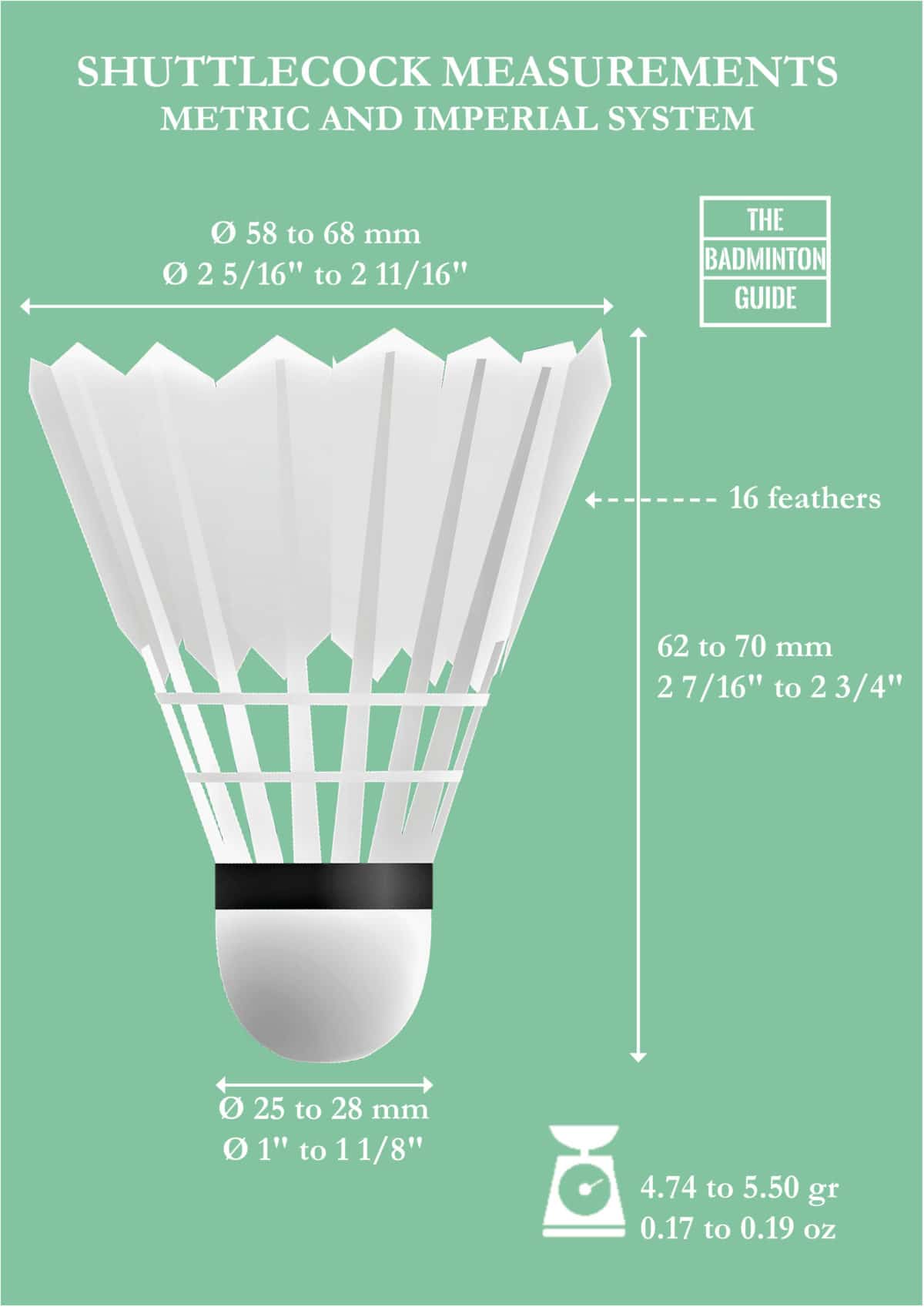
What Are the Different Parts of a Shuttlecock? The Badminton Guide
Materials: The best badminton shuttlecocks will be made of high-quality, genuine goose (or duck) feathers, with a cork head. That cork head will often have a thin bit of leather stretched over it for protection. Well-made, natural-feather shuttlecocks are typically the best performers. Some shuttlecocks are made with synthetic feathers, nylon.

Top Badminton Shuttlecocks in 2023 Sports Illustrated Top Reviews
badminton, court or lawn game played with lightweight rackets and a shuttlecock.Historically, the shuttlecock (also known as a "bird" or "birdie") was a small cork hemisphere with 16 goose feathers attached and weighing about 0.17 ounce (5 grams). These types of shuttles may still be used in modern play, but shuttles made from synthetic materials are also allowed by the Badminton World.
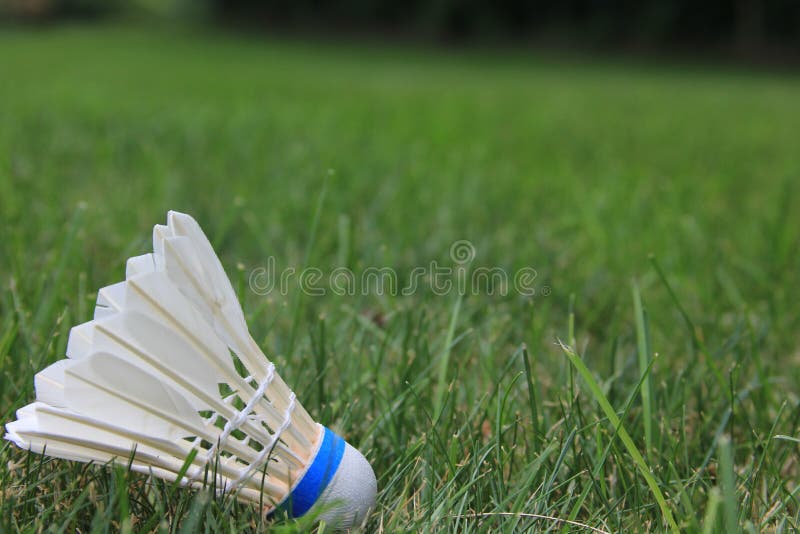
Badminton Birdie or Shuttlecock Stock Image Image of shuttlecock
The plastic shuttlecock is less expensive and is used in practice. The nylon shuttlecock (a synthetic shuttlecock) is the least expensive and is used in beginner games. Feather Shuttlecocks. A feather shuttlecock, as the name suggests, is made of feathers. It is made up of 16 feathers embedded in a cork base, and it has a diameter of about 4.5 cm.